How To Fire Someone Who Is Not A Good Fit

The decision to terminate an employee is never easy, a burden that weighs heavily on managers and HR professionals alike. Beyond the immediate impact on the individual, a poorly handled termination can lead to legal repercussions, damage to company morale, and lasting reputational harm.
Navigating this delicate process requires a strategic approach, one that prioritizes fairness, legality, and empathy. This article delves into the best practices for firing an employee who is simply not a good fit, emphasizing the importance of documentation, communication, and adherence to legal guidelines.
Laying the Groundwork: Documentation is Key
Before any termination conversation, meticulous documentation is absolutely crucial. This documentation serves as a factual record of performance issues and provides a solid foundation should the termination be challenged.
Begin with a clear job description outlining the employee's responsibilities and expected performance standards. Regularly document instances where the employee has failed to meet these standards, including specific examples of poor performance, missed deadlines, or problematic behavior. Consider using a Performance Improvement Plan (PIP) to formally address these issues and provide the employee with an opportunity to improve.
According to the Society for Human Resource Management (SHRM), consistent documentation is a key defense against wrongful termination claims. Be objective and factual in your record-keeping, avoiding subjective opinions or emotional language. It’s important to regularly review performance with the employee and ensure they acknowledge the identified areas of concern.
The Termination Meeting: Delivering the News with Respect
The termination meeting itself should be carefully planned and executed. Choose a private and neutral location where the conversation can take place without interruption.
Have a witness present, such as an HR representative, to ensure an objective account of the meeting. Begin by clearly stating the reason for the termination, referencing the documented performance issues that have been previously discussed with the employee.
"Be direct and concise," advises employment attorney Lisa Banks. "Avoid ambiguity or sugarcoating, which can confuse the employee and potentially lead to misunderstandings." It's also vital to listen to the employee and allow them an opportunity to respond, but maintain control of the meeting and stay focused on the established points.
Legal Considerations: Avoiding Legal Pitfalls
Terminating an employee without understanding the relevant legal landscape is a recipe for disaster. Ensure compliance with all applicable federal, state, and local laws regarding employment termination.
This includes laws regarding discrimination, retaliation, and wrongful termination. Be aware of potential claims such as age discrimination, especially when terminating older employees. Consult with legal counsel to review the termination process and ensure compliance with all applicable regulations.
The Equal Employment Opportunity Commission (EEOC) provides guidance on avoiding discrimination in employment practices, including terminations. It is critical to ensure that the termination is based on legitimate, non-discriminatory reasons and that similarly situated employees are treated consistently.
The Exit Process: Ensuring a Smooth Transition
The termination process doesn't end with the meeting. Develop a clear exit plan that outlines the employee's final paycheck, benefits continuation (COBRA), and return of company property.
Offer the employee a severance package, if applicable, in exchange for a release of claims. This can help mitigate the risk of future legal action. Clearly communicate the terms of the severance agreement and provide the employee with adequate time to review it with their own legal counsel.
HR expert Susan Heathfield emphasizes the importance of maintaining professionalism throughout the exit process. Provide the employee with contact information for HR in case they have any questions after the termination. Treat the departing employee with respect and dignity, even in a difficult situation.
Looking Ahead: Learning from the Experience
Every termination, even when handled properly, presents an opportunity for learning and improvement. Analyze the situation to identify any patterns or systemic issues that may have contributed to the employee's lack of fit.
Review your hiring process to identify ways to better assess candidates' skills and cultural fit. Provide managers with ongoing training on performance management, documentation, and termination best practices. By proactively addressing these issues, you can minimize the need for future terminations and create a more engaged and productive workforce.
Ultimately, firing an employee is a serious decision that should be approached with careful planning, empathy, and a commitment to legal compliance. By following these best practices, organizations can navigate this challenging process while minimizing risks and preserving their reputation. The goal is to create a fair and respectful process, even when delivering difficult news, ultimately contributing to a more positive and productive work environment for everyone.
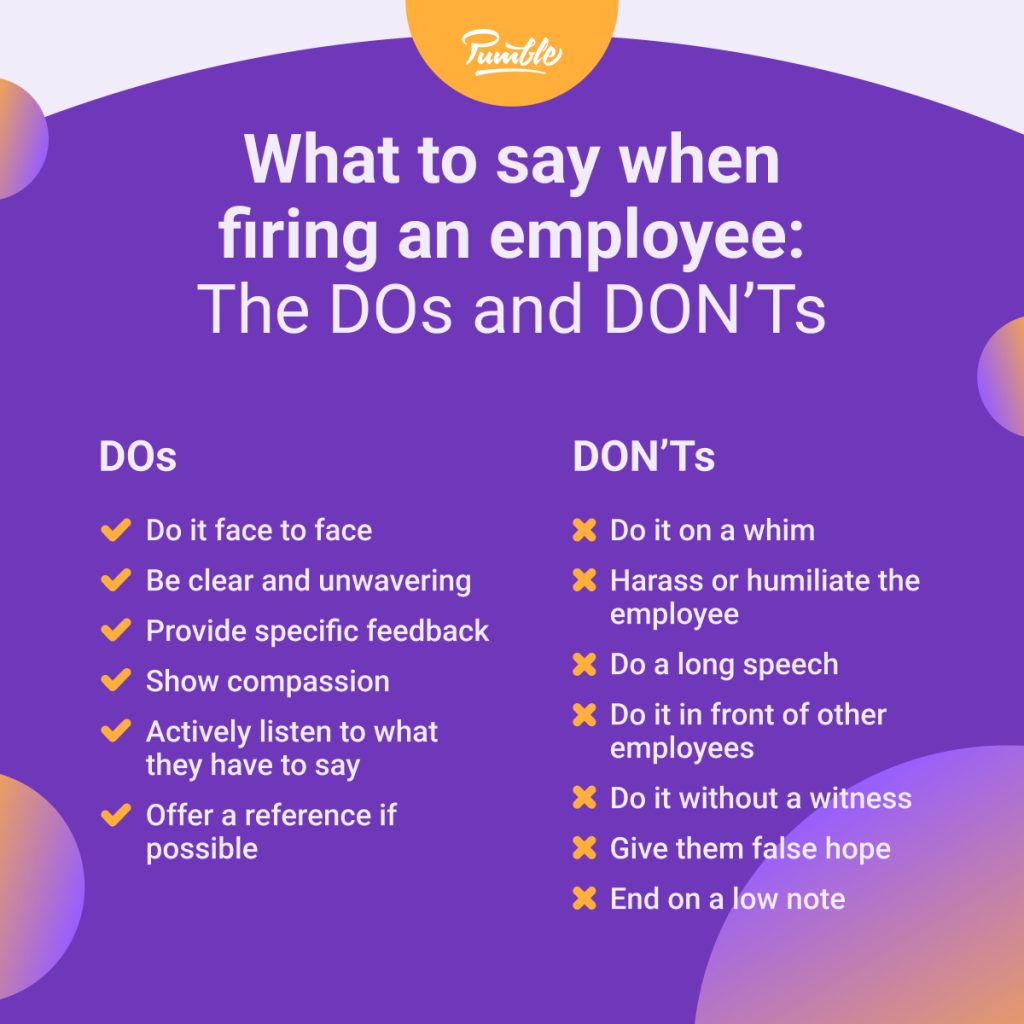
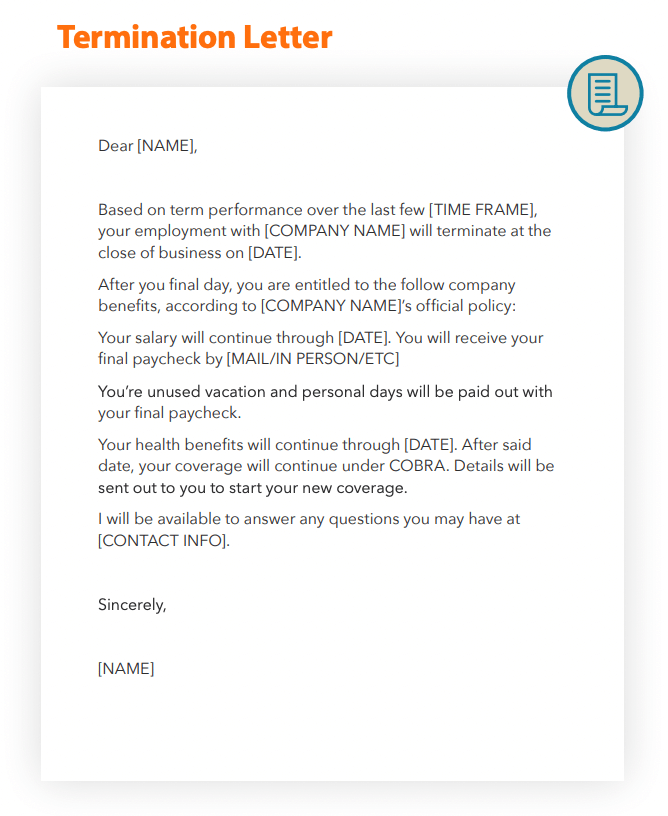

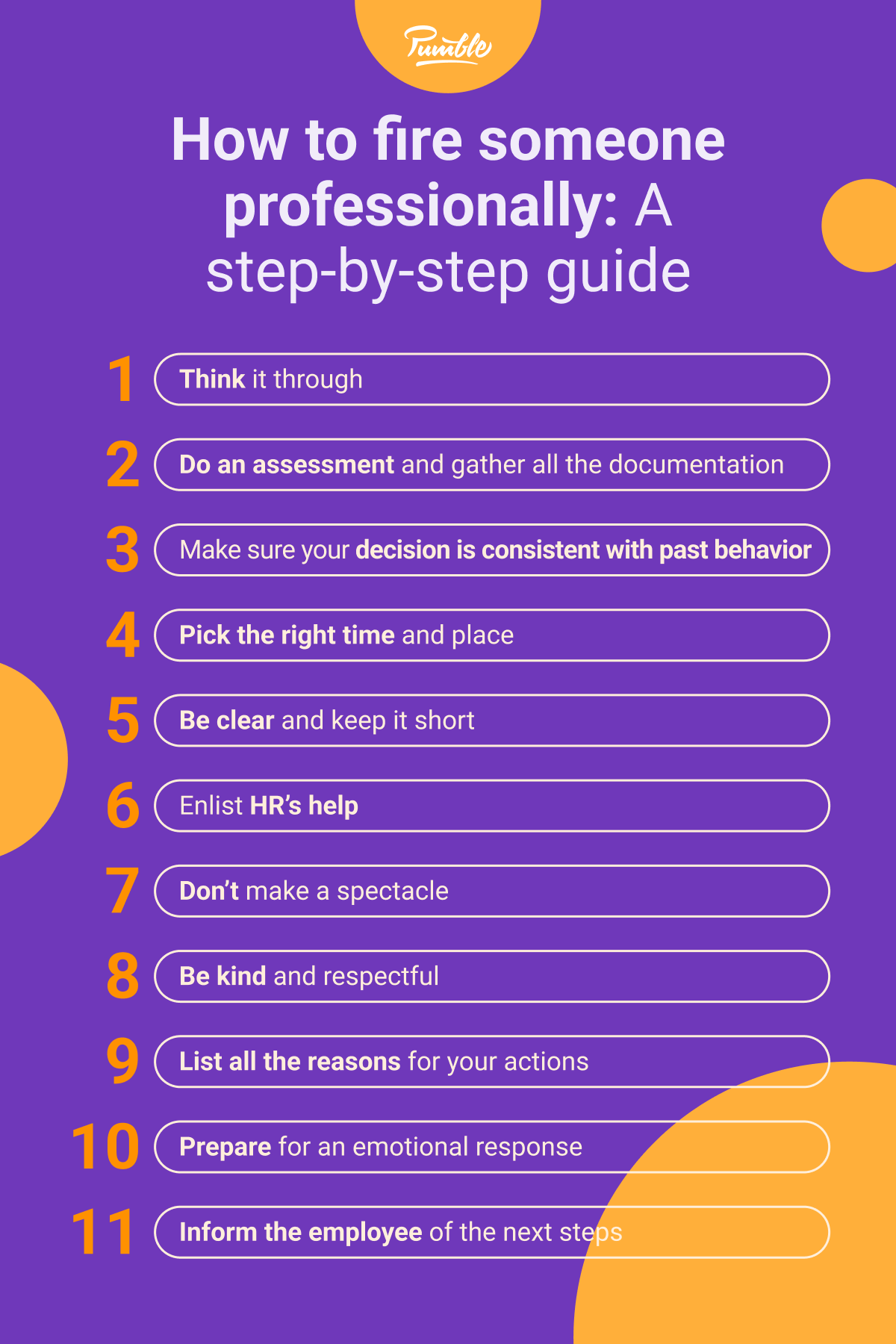

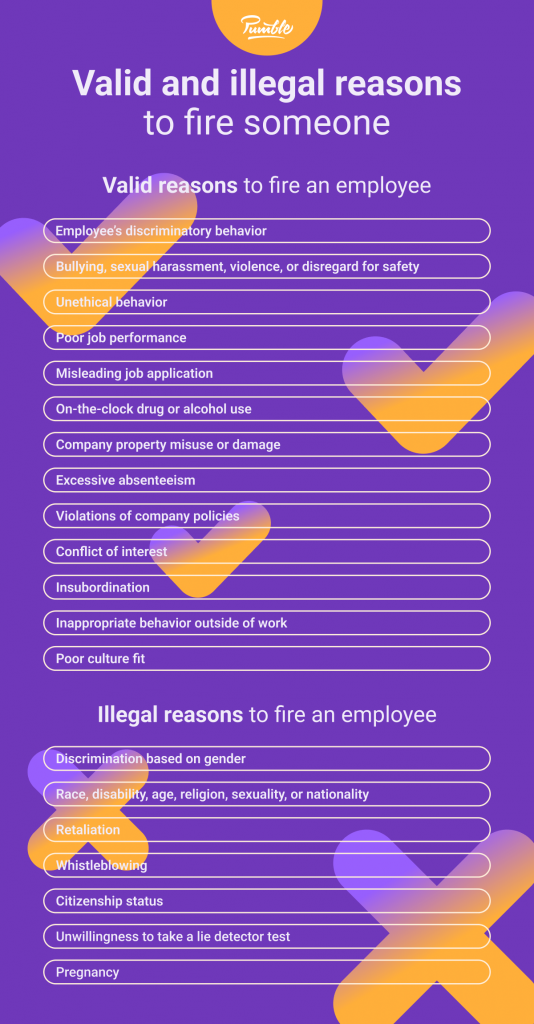



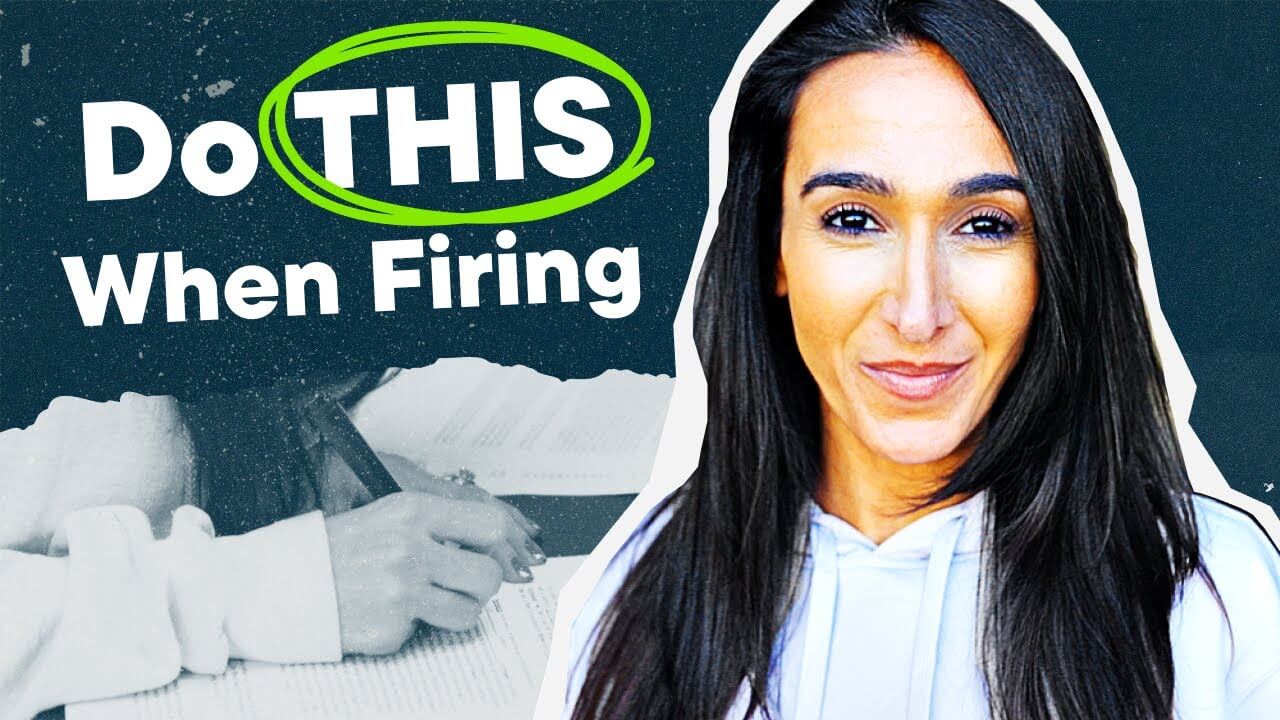

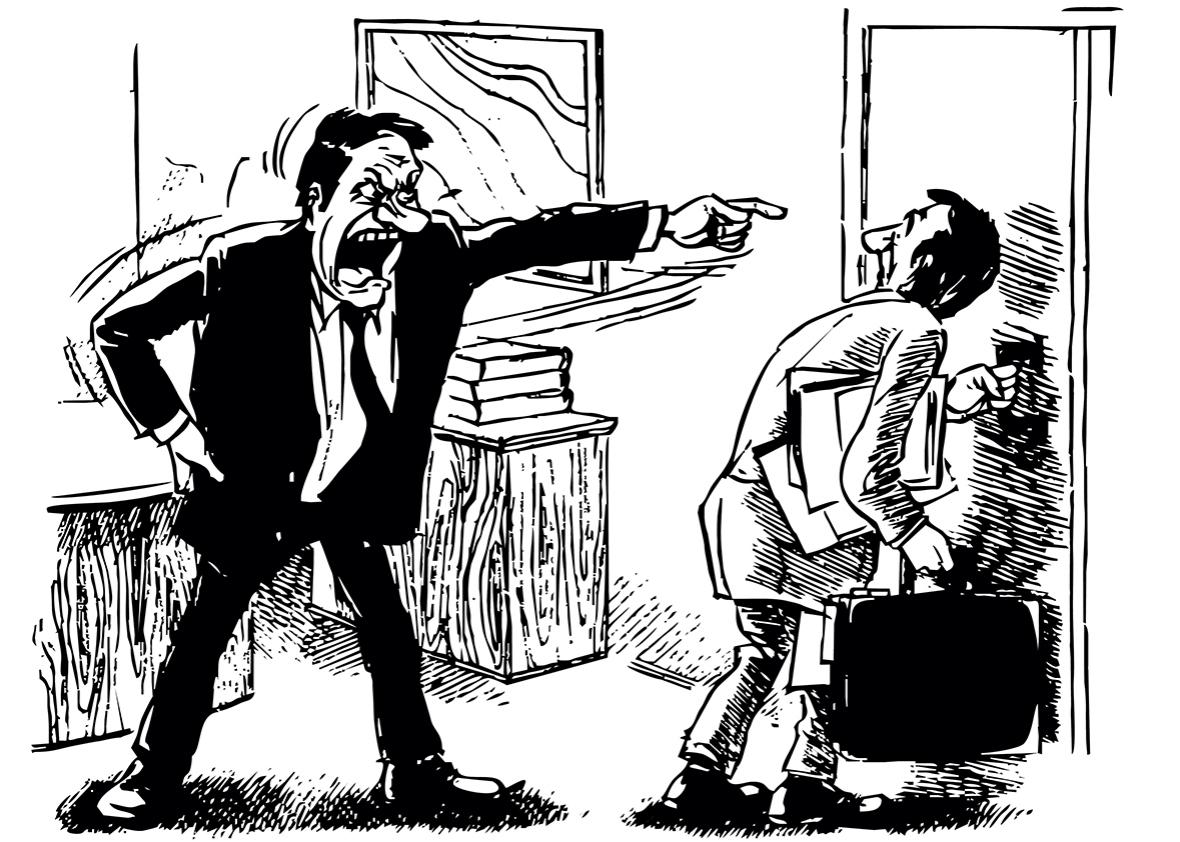


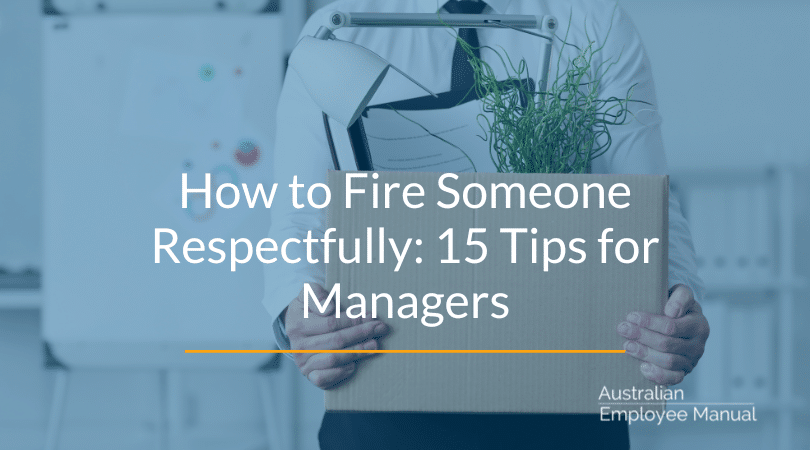
.jpg)


